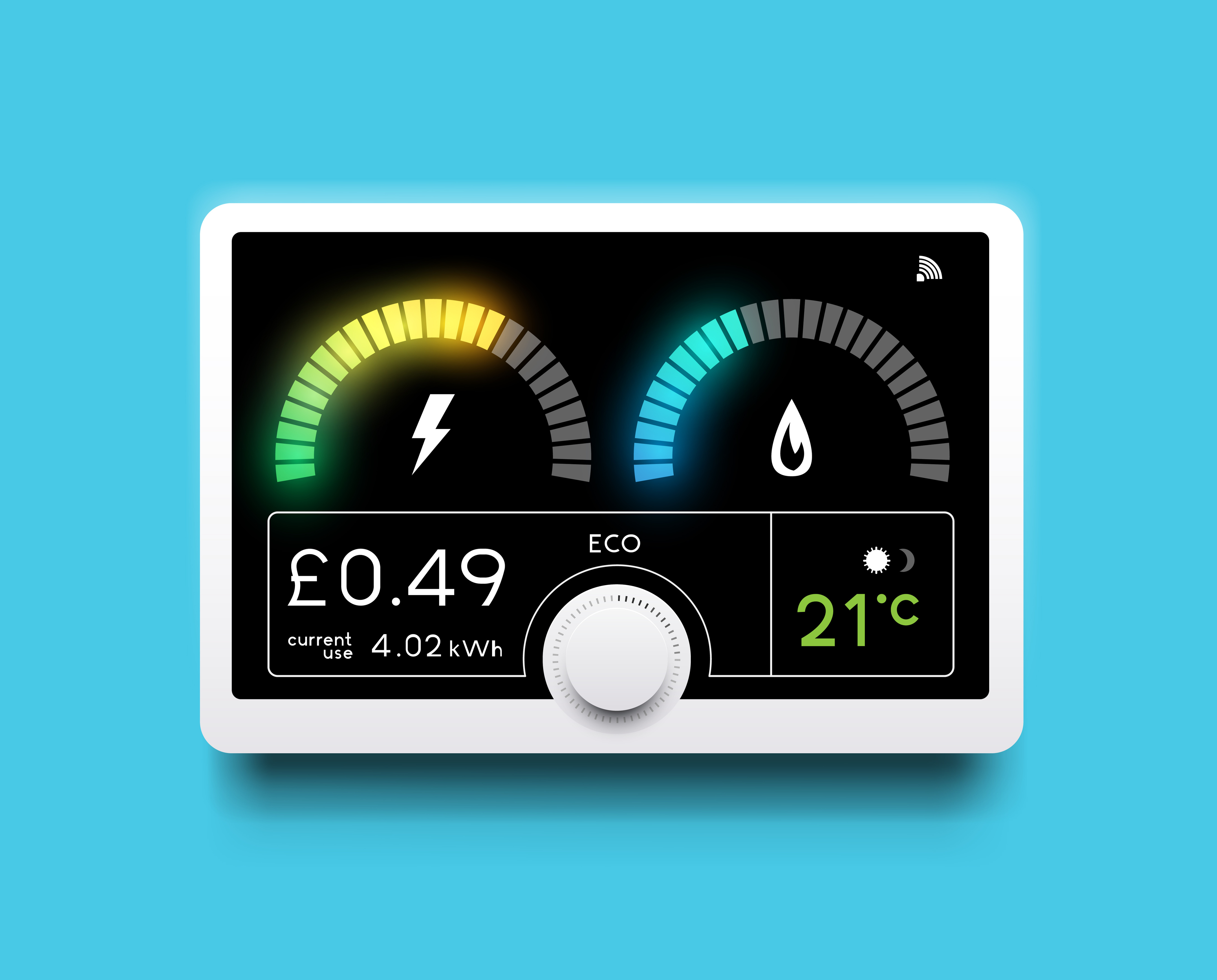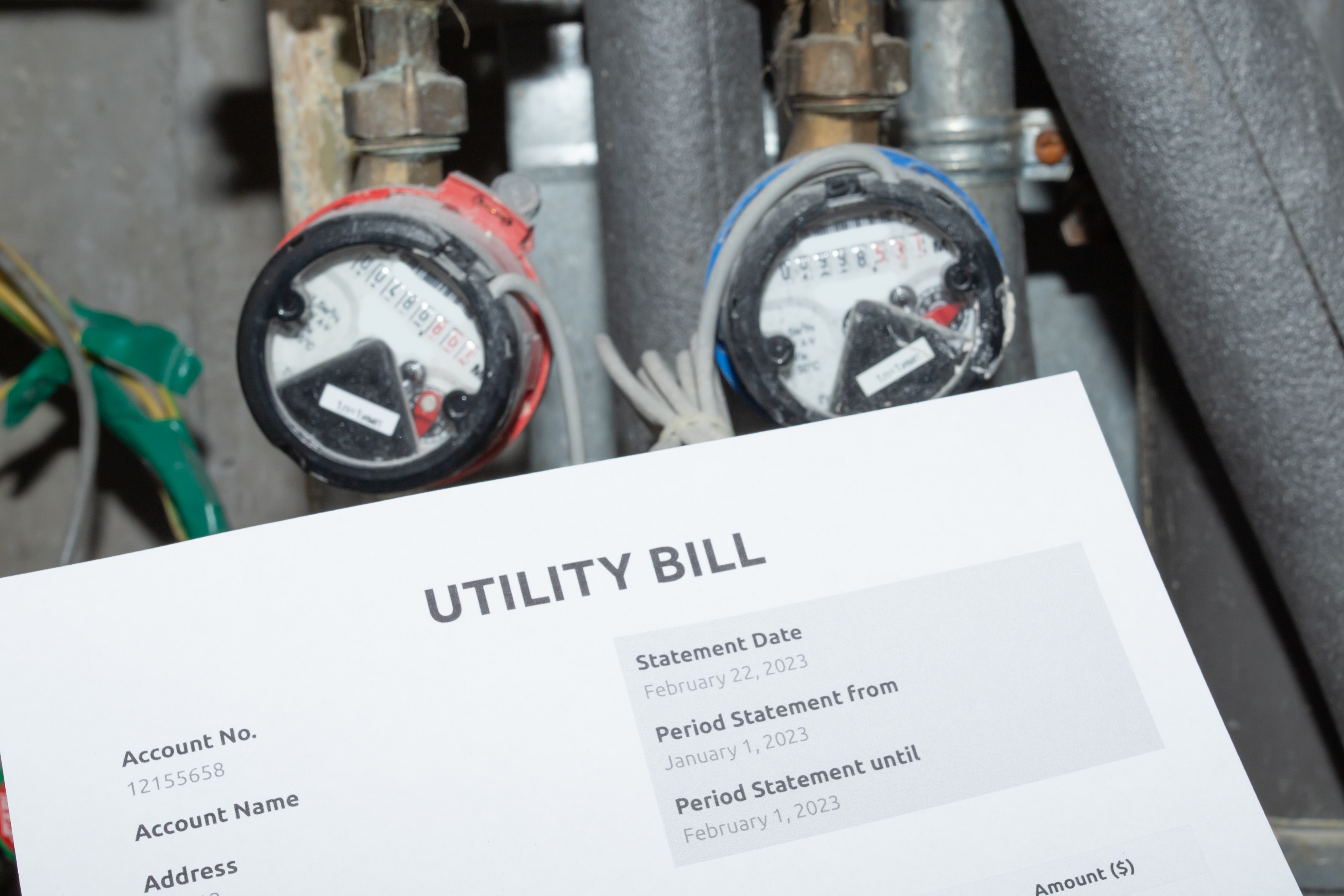There’s a belief that AI will cause thoughtless interactions with utility customers, taking away the human value of communication. But this belief labours under a false misapprehension. AI isn’t just about automation and robots taking over how we interact. AI is also about optimisation. According to a recent 451 Research, 44% of business surveyed reported an improved customer experience as a result of AI.
We can already see the application of AI on the operational side of utilities with examples of load forecasting, leak detection and demand management. However, AI has also began finding ways to apply itself to the way utilities work with their customers. The most common example being the development of virtual assistance or chat bots to seemingly replace call centre agents. This has naturally been met with resistance as, quite rightly, the role of call centre agents is still necessary, especially when it comes with dealing with less tech savvy customers. The role of AI here is therefore to help empower the call centre agent by providing them better predictive insights on the customer’s issues and how best to resolve them, reducing call times while improving customer satisfaction. In this regard, AI can help personalise customer experience by not just feeding call agents with standard scripts, but carefully curated responses that match the customers’ needs and even sentiments. In the world of professional chess games, teams of AI and human players are known as centaurs and have proven to be more successful than humans or AI players alone.
At the core of these type of AI solution is the improved use of data that most utilities already have. For example, the rise of smart meters across the sector means more data is being gathered on household water and energy use than ever before. Furthermore, with a growing number of utilities developing advanced customer portal with more self-service features, data on customer preferences and needs are being collected. This wealth of data has the potential of allowing utilities to gain a better understanding of their customers, therefore allowing utilities to be able to play a more active role in the way they communicate with their customers. The insights extracted from the data using advanced statistical methods allows the development of communication strategies that deal with a range of customer behaviours including over consumption, debt repayment, churn or sewer blockages. So not only will AI help provide utilities with more insights about their customers, but it will also help customers gain more insights about themselves.
Another way to support the use of AI in the utility sector is its integration with existing household digital assistants, like Amazon Alexa or Google Assistant. People can access their real-time usage, commanding Alexa to look into it and deliver the prognosis instantly. This creates new channels of communication, so that households are immediately connected to their data and services at the tip of their tongues. This experience is made better as it integrates with other internet of things devices such as smart shower heads or energy disaggregation devices that breaks down energy consumption to the level of appliances.
A caveat though: it’s not just about the data and AI by itself. A key to successful application of AI for working with customers comes from ‘humanising’ the technology. This is either through the use of psychological theory to interpret the data insights or through the use of behavioural science to inform the way AI is used to engage with customers. Knowing which appliance is consuming the most energy or the length of your shower is useful, but without careful consideration, can be as interesting to look at or effective to change behaviour as most ‘in home displays’.
We recently worked with Anglian Water to apply behavioural and data science to the data it retrieves from its smart meter trials in the east of England, saving almost 20,000 of litres a day in just one location alone. Successful communications with customers in the utility sector change the way a customer thinks about water in a positive way, deepening the relationship with the guardians of that water – the utilities.
The next five years
It is unlikely that all customer communications will be replaced by robots in the near future. The next five years will see a slow and cautious rate of adoption for AI in the utility sector. But as customers’ expectation of improved services experienced from other sectors increases, market forces will dictate a utility’s need to implement this technology. Customer centricity is likely to become the norm and only with the use of AI will utilities be able to meet these expectations without increasing their workforce.
Interested in the future of utilities ?



